
Best Way to Pay in Japan: The Complete Guide to Pay for Things in Japan
There are confusions about the most convenient way to pay in Japan because one payment option may not work everywhere. Worry not. I’m here to help you with everything you need to know about the best methods to pay in Japan.
Japan accepts several payment options so travelers can pick up the best and most suitable for them. I’ve covered all Japanese payment methods currently existing and suggested the best places to use them. No more confusion about whether to use cash or cards when you are shopping, paying hotel bills, or taking taxis.
Quick Navigation

Japanese Currency and Common Bills
The name of the Japanese currency is ‘yen’ that is available in paper bills and coins. They come in:
Paper Bills: 1000, 2000, 5000, 10000 yen notes
Coins: 1, 5, 10, 50, 100, and 500 yen values
You cannot pay there by using a foreign currency, except for major airports where some well-known currencies such as the US dollar and UK pounds are acceptable.
The Payment Options in Japan
- Cash
- Card Payment Options
- IC Cards
- Mobile Payment Options
Japan is a cash-bound society and cash is the only acceptable payment mode to many businesses, especially in rural areas.
However, things have been changing to keep up with the rest of the world, cashless payment methods have been becoming gradually popular.
Below are all the payment options currently prevailing in Japan:
Cash
| Japan is still a cash-bound country. Learn about the places that accept only cash and the best uses of big and small banknotes. Also, find out how to get your hands into cash money if you need it. |
The most common option till to date, especially for paying small bills. As an outsider, you might be shocked by seeing the amount of cash Japanese people carry in their wallets. Carrying tens of thousands of yen in the purse is a regular thing.
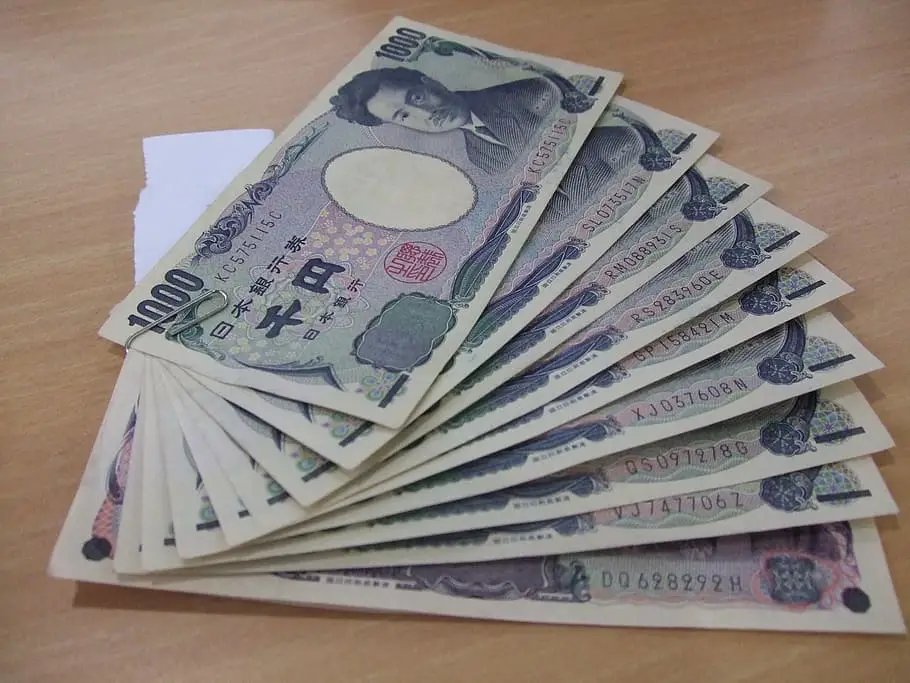
Keeping that much cash could be risky, you might be wondering. Well, the country is highly secured for locals and foreigners alike. The only way to lose your money is to forgetting the wallet somewhere.
Places Where Cash Is the Only Option
- Many Japanese shops don’t accept credit or debit cards. Even some public service points, big restaurants, Izakayas (Japanese-style bar), and other places accept cash payments only. Even some outlets of big international restaurant chains including Burger King and McDonald’s prefer cash only.
- Some tourist sites including temples and shrines operate on only cash. Keep notes to pay the small entrance fees of these places.
- Planning an excursion outside major city areas? Great. Be prepared for relishing scenic beauty and carrying plenty of yens because countryside shops, ryokans (a type of traditional Japanese inn), other businesses have a cash-only policy.
- Keep coins at hand if you want to go sightseeing luggage-free. Most coin lockers accept only coins as payment, except for some touchscreen-enabled units that support credit and IC cards.
- Typical vending machines run on coins and paper bills only. Scattering all across the country, even in the countryside, these machines are convenient stops for buying beverages, snacks, small electronics, and a few other items. Some selected machines support IC cards too, but they are still not widely available.
Wherever you go in Japan, it’s better to carry some cash because it’s not rare to stumble upon a cash-run business even in the middle of a busy city.
Uses of Big and Small Bills
Big bills are accepted everywhere in Japan, unlike some countries where the cashier in some shops may refuse to accept a big banknote for a small payment. Here, you can purchase a 100-yen item and use a 10,000 yen note to pay the bill.
However, you should use smaller bills when paying taxi fares and in smaller shops. Don’t use a banknote bigger than 1,000 yen for paying bus fare because drivers don’t have changes for larger bills.
Vending machines accept smaller bills up to 1,000 yen notes, but some newer units take 5,000 and 10,000 yen bills too.
How to Get Japanese Yen
As you may need to carry cash money everywhere, you can change your local currency to yen in these places.
i. Currency Exchange
You can exchange currencies at Japanese airports, but the conversion rate will be poor. For a better rate, go to banks, post offices, and large train stations. Some hotels and department stores also provide this service. In busy tourist cities such as Tokyo and Kyoto, there are a handful of licensed money changers that offer a good rate.
However, the best practice is changing the currency into yen in your home country because getting a favorable rate depends on the currency itself. For instance, the US dollar is a widely prevalent and one of the most valued foreign currencies in Japan. So, you can expect to have a good conversion rate when exchanging dollars for yens in Japan
ii. Traveler’s Cheque (T/C)
An antiqued but still useful form of carrying money to Japan. It allows you to carry a lump sum of money with no withdrawal limits like credit or debit cards. Plus, it can be a backup for getting cash in case of an emergency.
The problems are you have to issue a T/C from your home country and find a service in Japan to cash the cheque out since it’s not acceptable for direct payment.
Having a favorable rate depends on your home currency and the fees your bank charges for issuing the cheque. The good news is some banks offer it for free of a charge.
You can redeem the cheques at airports and outlets of the main post office in Japan. Some large hotels and stores also do that but demand extra fees and commissions.
A few leading banks labeled as ‘authorized foreign exchange bank’ on the front door also provide the service. The problem is you may have to wait an hour or two at the bank for cashing out the cheque.
Traveler’s cheque from American Express, VISA, and Thomas Cook are widely accepted in Japan.
ATM withdrawals in another way of getting cash in Japan and I’ve discussed that in the following section.
Card Payment Options
| Many Japanese businesses, especially in the major cities, have started accepting card payments. You can use credit, debit, and travel cards and withdraw cash from ATMs by using these cards. |
If you intend to use a credit or debit card in Japan, you must inform your local bank or the card providers about the visit before leaving your country and get approval for using it in another country. Otherwise, they may freeze the card for ‘suspicious activity’. Also, check your withdrawal limits because you may need to use more cash than usual in Japan.
Another option is a Forex, Foreign Exchange, or Travel card that works just like a credit or debit card but with lesser fees.
Nowadays, credit and debit cards are widely accepted, especially in major cities. You can use them in most hotels, shopping malls, large retail shops, mid to high-end restaurants, and other places. Many supermarkets, convenience stores, and train stations also accept them.
i. Credit Cards
Credit cards are becoming popular, and many retailers, restaurants, and hotels, particularly in big cities, accept them. You will even find some taxi services and convenience stores that accept card payments. Almost all stores and restaurants in the areas surrounding major train stations accept credit cards.
Most places commonly accept credit cards from these companies:
- MasterCard
- JCB (Japan Credit Bureau)
- VISA
- American Express
- DinerClub
The use of the last two options is still not as widespread as the first three cards. They are mostly acceptable in high-end restaurants and establishments selling expensive products.
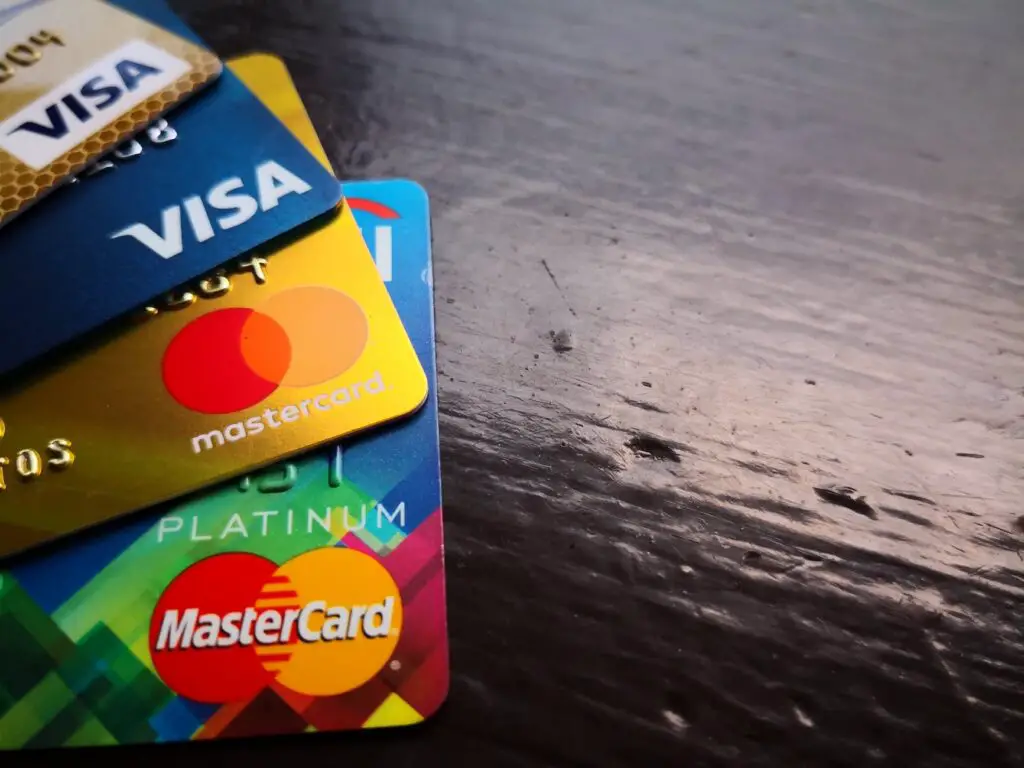
How do you know if a shop accepts credit cards? Easy. A seal featuring the picture of the accepted cards will be at the entrance of that store or restaurant. It could also be a simple logo indicating that credit cards are accepted. Some places may still accept credit card payments without having no such seal at the storefront. Just ask the manager or staff about it.
The credit card-friendly transport options are:
Trains: The JR ticket office and some of their ticket machines accept credit cards. The same rule applies to when purchasing tickets for Shinkansen (bullet trains).
Buses: Most Express bus companies accept credit card payments. It’s also acceptable in some sightseeing tour buses when booking a tour package online. However, Transit buses still rely on cash and IC cards.
Taxis: Most taxi services except for a few major taxi companies don’t support credit card payments. Almost all private taxi services run on cash payments.
ii. Debit Cards
Also known as cash cards, the use of debit cards is still rare and makes up only 2% of the total card payments in Japan. Having a credit card is comparatively a more convenient option.
Before coming to Japan, check with your local bank or service provider to make sure if the debit card is eligible for use in other countries.
With some exceptions, debit cards can be used wherever credit cards are accepted. However, use a credit card instead if possible because you have to pay withdrawal fees, international ATM fees, and get a bad conversion rate during a purchase or withdrawal.
iii. Forex, Foreign Exchange, or Prepaid Travel Cards
A cheaper alternative to credit and debit cards. It’s a pre-loaded card that you can load with one or multiple currencies. Some services allow loading more than 20 currencies in a single card.
Where can you use them? At all establishments that accept VISA and MasterCard. They are suitable for making online payments and paying bills at shops, hotels, and other places.
You can get this card from your local bank or financial services companies such as American Express and UAE Exchange. Some private foreign exchange companies also offer this card service.
The advantages of a prepaid travel card are:
Locked conversion rate. The exchange rate is locked when you load the money to the card, unlike a credit or debit card where the current conversation rate applies at the time of transaction.
Low mark-up fee. All cards charge a fee for each transaction in a foreign country. But a travel card’s mark-up fee is much lower than a credit card. Some Forex card providers don’t even charge this fee as long as the currency jurisdiction is the same for which it was loaded.
Low ATM withdrawal charges. For ATM withdrawals, credit and debit cards may charge up to 3.5% of the total withdrawn amount. There will also be foreign currency transaction fees and annual interest charges. A Forex card charges only a fixed cash withdrawal fee and nothing else.
No penalty for late payments. Not paying credit card bills on time incurs a penalty and high-rate interest. This is not an issue in this case since it’s a prepaid card.
The issuance fee, currency exchange rate, and fees for the initial load and reload of travel cards might be different among service providers. Before buying a card, shop around to find the one that provides the best rates.
Cards are a reliable cash alternative in many locations, but the smaller outlets of most businesses and stores in the rural areas don’t accept any form of card payments. In that case, you will need to use ATMs to cash out money from credit, debit, and Forex cards.
Where to Withdraw Money from ATMs
Automatic teller machines (ATMs) are widely used and found all across the country because of the high demand for cash. But a large number of these machines don’t accept any card issued outside of Japan. The ATMs that accept foreign cards are:
- 7-Eleven Bank ATMs
- Postal ATMs
7-Eleven Bank ATMs
These machines are available at more than 25,000 spots, including all 7-Eleven convenience stores and other locations across the country. They are open 24 hours every day throughout the year, making it a breeze to withdraw cash day or night, whenever you want.

Besides, 7-Eleven stores, you will find their machines at international airports, major train stations, supermarkets, department stores, and outlet malls.
Seven Bank ATM locator is a handy tool that is available in English. You just need to put the address or the station name into the search box and it will show the locations of nearby machines.
An advanced option lets you filter the search by the type of facility (seven-eleven stores, shopping malls, or airports) and area. The results show the facilities with their address and operating hours. Clicking on an entry will open up a map to show its pinpoint location and a list of nearby shops. There’s a search bar at the bottom to find out the available car or train routes to that ATM.
Postal ATMs
Japan Post bank also provides ATM services for withdrawing yens through an international card. You will get their machines at more than 20,000 locations across the country. However, only the ATMs in the central offices of major cities are open 24/7. Even these machines could be unavailable on Sundays and public holidays.
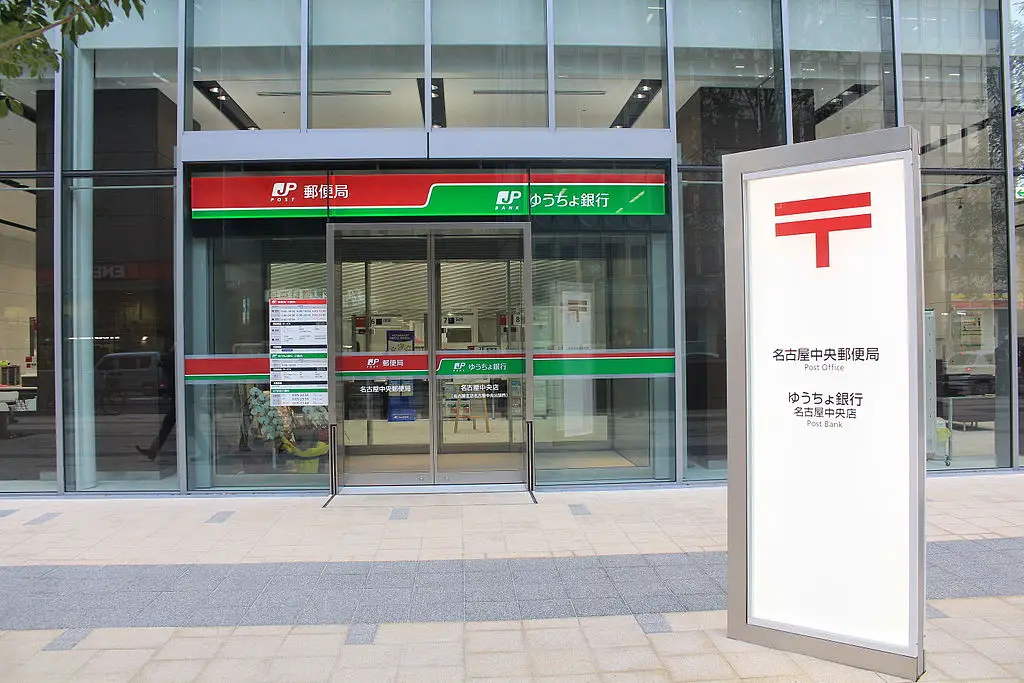
The typical operating hours of Postal ATMs are:
Monday and the day after a holiday → 7AM to 11:55PM
Tuesday to Saturday (excluding holidays) → 5AM to 11:55PM
Sundays, 31st December, and holidays → 5AM to 9PM
1st to 3rd January → 7AM to 9PM
As the opening and operating hours can vary, the best way to find out the location and working hours of an ATM is to use the free Japan Post Bank ATM Finder app.
Search by putting a location or train station number on the search bar and the results will show the bank’s ATMs, post offices, and branches close to that place or station.
It also shows the car, train, bicycle, and foot routes from your current location to the selected ATM. Enabling the AR (augmented reality) mode will use your phone’s camera for easier guidance to the ATM.
Other ATM Options
ATM locators of global payments companies. For VISA, MasterCard, and Amex credit or debit cards, you can use the ATM locator tools of these companies to find the machines that accept these cards. It’s a more convenient option since you will know whether or not that particular machine accepts your card or not.
ATMs for international cards can be found at hundreds of Lawson and Family Mart convenience stores. Also, selected ATMs from Japan’s major banks such as Aeon and Shinsei Bank, large department stores, and international airports offer this facility.
IC Cards
| You should have an IC card if you intend to use Japan’s public transportation. Learn how to purchase and recharge them along with the major cards that cover almost all regions across the country. |
This is a microchip-containing plastic card that you can use for paying fares in most public transport options and making payments at numerous shops, convenience stores, restaurants, coin lockers, and vending machines.
How to Purchase and Recharge
An IC card is simple to use as touching it on a designated card reader is enough. You can purchase them at ticket counters and ticket machines at railway stations. It costs a deposit of 500 yens (which is refundable) and you may need to recharge an initial amount of 1,500 yens.
To recharge a card, you can use the ticket machine while getting on or off a bus or the ticket machine (bears an IC car symbol) at a railway station. Follow the steps to recharge:
Press the ‘charge’ button on the machine → Insert the card into the machine → Select the top-up amount → Press on the ‘receipt’ button → Insert the required amount of money (banknotes).
The 10 Major IC Cards
An integration system in 2013 allows using most IC cards, especially the 10 main cards, interchangeably, but with some limitations. Their functions are almost similar to each other regarding coverage. The only points of difference are where they can be and how the users get refunded.
Remember that you cannot travel outside your IC card’s covering areas. The departure and destination stations have to be located inside the coverage.
For example, if you board a train in one IC card-covered area but get off somewhere that is covered by another IC card, you need to show the card to the station staff at the destination ticket gate and pay the fare of the uncovered areas through cash.
The person on the charge will give you a receipt that you need to a station attendant when back to the IC card-covered area. The attendant will then reactivate your card manually.
These 10 IC cards are identical to each other in terms of coverage:
1. Suica
The most advanced of all the IC cards available in Japan. Issued by the JR East for the Greater Tokyo, Sendai, and Niigata regions. You can use it for riding JR trains in these areas and making cashless payments in many retailers and drug stores.
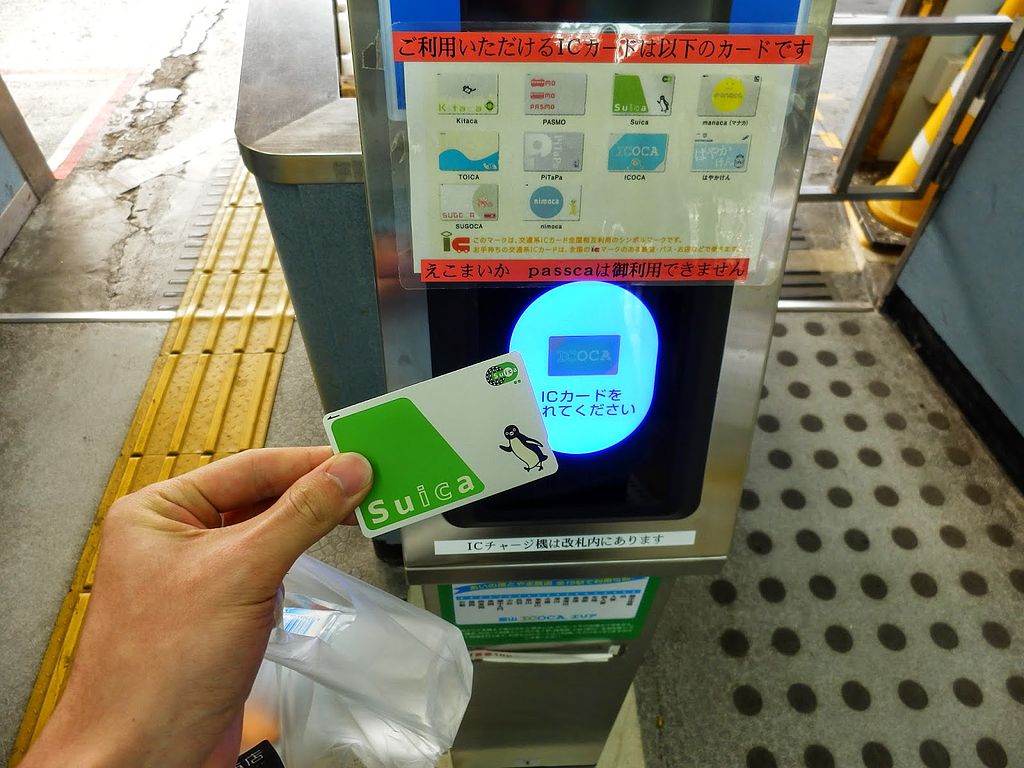
As a tourist, you have to use ‘Welcome Suica’, a special version of the Suica card. There is no need to make a deposit, but the remaining balance is not refundable after the four-week validity period.
There is a Suica app for making payments and checking balance easier. Apple Watch Series 2 and iPhone (version 7 or higher) users can link the app to Apple Pay.
Check the official site for more information.
2. Pasmo
Fully integrated with Suica card, Pasmo covers buses, railway, and subway in Tokyo. It’s not for JR trains as they are covered by Suica.

Tourists can use ‘Pasmo Passport’, a special version of the card valid for four weeks. It’s available without a deposit fee, but the outstanding balance is non-refundable.
There is a Pasmo app for checking the balance, travel history, special bus points, and a few other things. Credit card link-up is possible for making a deposit from the card to the app.
Get more information from the official site.
3. Icoca
JR West issues this card for the Hokuriku, Chugoku, and Kansai (Kyoto and Osaka) regions. It’s applicable for rides that are less than 200 kilometers.
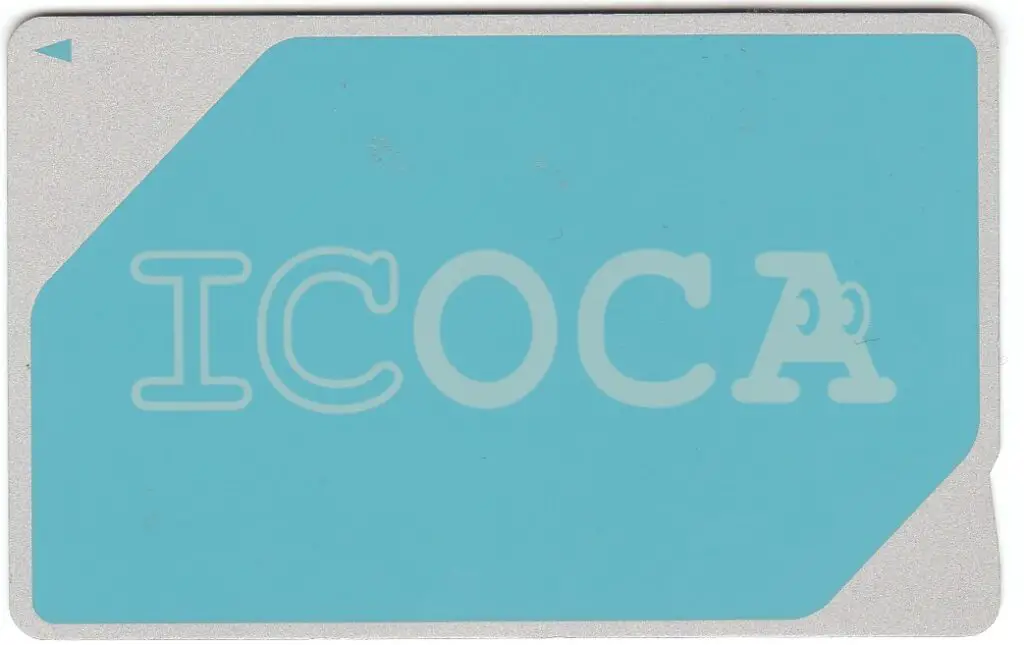
Tourists can purchase a special version of this card, the Kansai One Pass, to get discounts for numerous attractions across the Kansai area.
Learn more about this card from the official website.
4. PiTaPa
This card is applicable for non-JR subway and railway in the Kansai region. Unlike other entries, it’s a postpaid card but works like a prepaid card in the region outside its coverage.
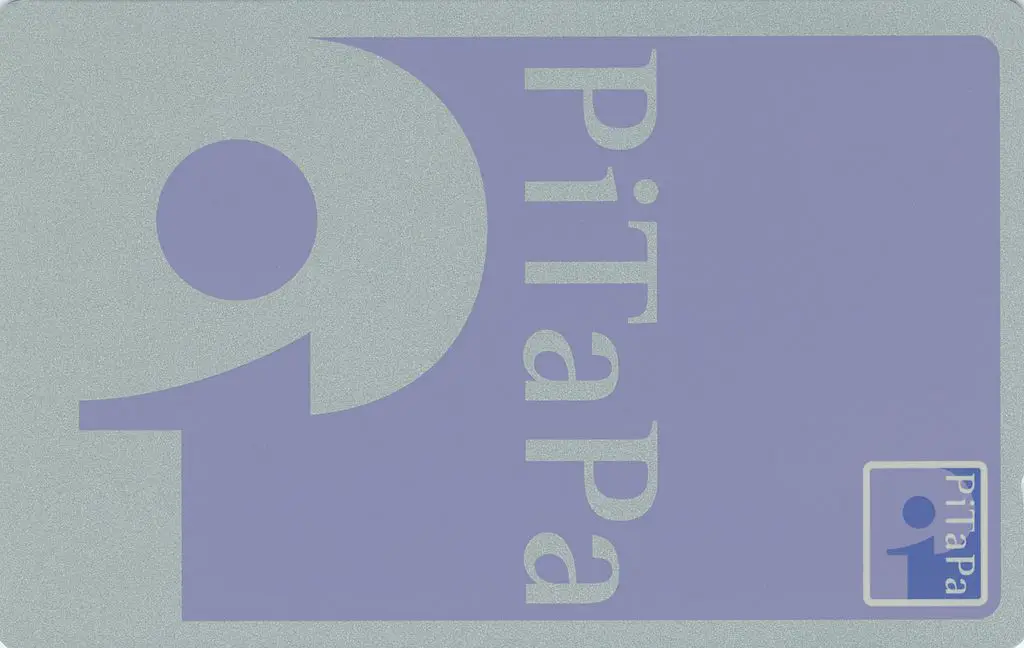
PiTaPa is not a tourist-oriented card since it needs to be linked to the user’s bank account.
Visit the official website if you need more information.
5. Toica
You can use this card for the JR trains in the Greater Nagoya region and some areas in the Shizuoka Prefecture. Issued by JR Central, its purchase cost is 2,000 yen, including a 500 yen refundable deposit.
For more information, visit the official website.
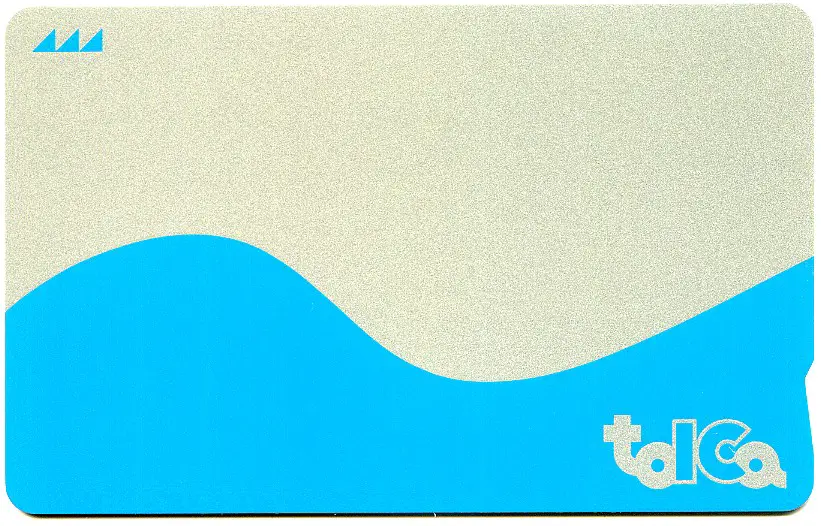
6. Manaca
Applicable for riding buses, subways, and trains except for the JR and Kintetsu trains in the Nagoya region.
Want to learn more? Check the official website.
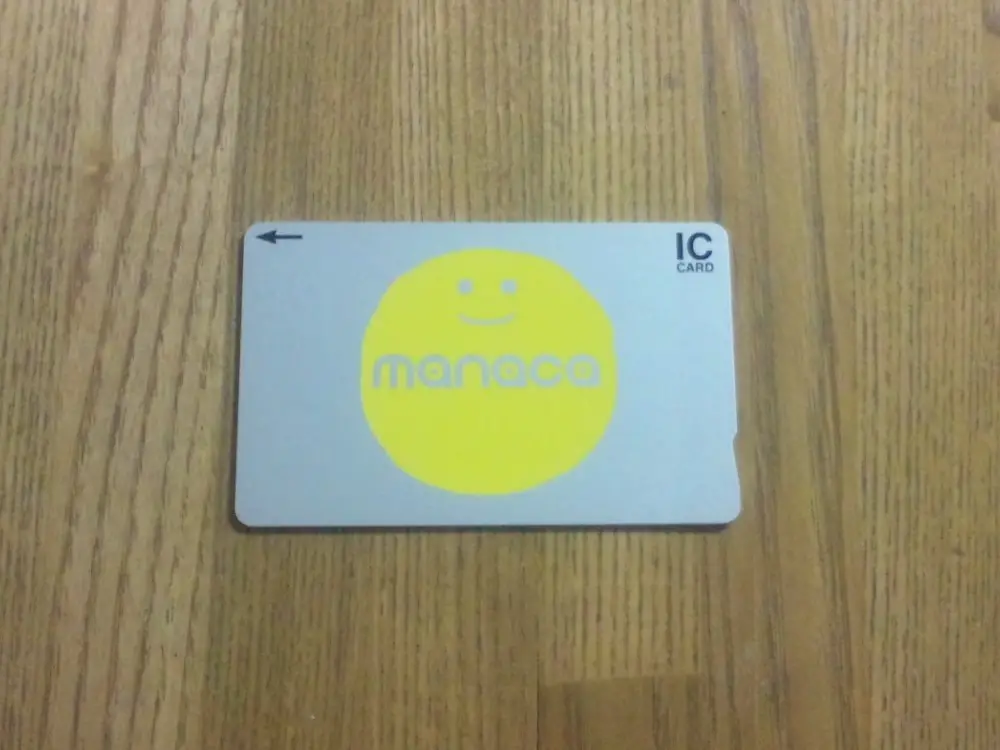
7. Kitaca
This card is for riding the JR trains in the Greater Sapporo region. Sold by JR Hokkaido, it’s also eligible for buses, subways, and trams.
To learn more, check the official site.
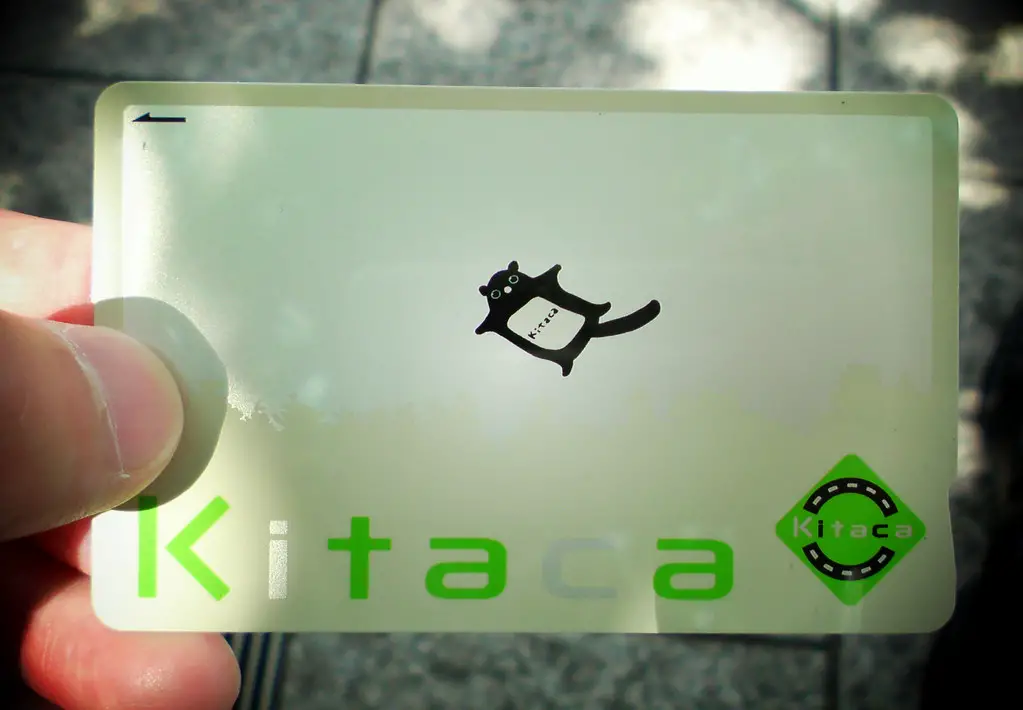
8. Sugoca
Sold by JR Kyushu, this card allows you to ride JR trains in the Greater Fukuoka, Nagasaki, Kagoshima, Kumamoto, and Oita regions.
The official website can provide more details about this card.
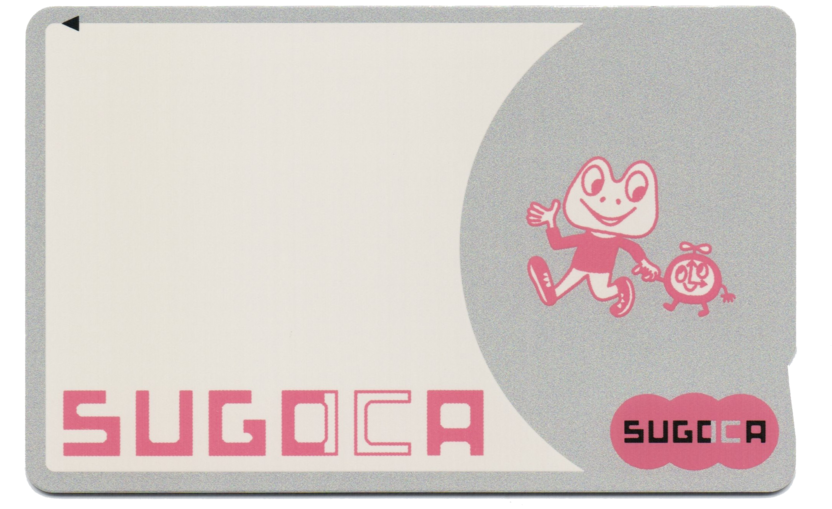
9. Nimoca
Nishitetsu issues this card for buses and non-JR trains in the Greater Fukuoka. You can also use it for some fixed transportation options in Hakodate and some cities in Kyushu.
Get more details in the official website.

10. Hayakaken
the Fukuoka Municipal Transport Authority issues this card for the municipal subway and buses in Fukuoka City.
Get more information from the official website.

Besides these 10 options, there are some local IC cards but you cannot use them outside the area they are issued for.
Mobile Payment Options
| Mobile payments is still at the primary stage in Japan, available in some selected businesses in big cities. Here are a few options that tourists can use. |
There are a growing number of domestic services for mobile payments, but the options are limited for foreigners. Besides the IC cards, you can use these mobile payment systems as a traveler:
NFC (Near-Field Communication)
To make a payment, open the app and just hover your mobile device on an NFC-enabled reader.
Supported Apps: Apple Pay and Google Pay (Android/iOS)
Introduced by Apple and Google, respectively, these two apps offer similar kinds of functions. You can use them in stores and other establishments in major cities.
Using a non-Japanese phone may not work for paying through a mobile app. However, stores for buying or renting a mobile phone are everywhere in big cities.
QR code
Open the supported app on your phone and scan the code showed by the shop’s staff. Or, allow them to scan the QR code shown on your app. This method is quite popular in Japan and many temples and shrines use it for the visitors to pay the admission fee and make donations.
Supported Apps: Alipay (Android/iOS), WeChat Pay (Android/iOS), LINE Pay (Android/iOS), and KakaoPay (Android/iOS)
Besides being available for local downloads, the first two are for Chinese consumers traveling to Japan and the KakaoPay is for South Koreans. LINE Pay has also teamed up with several services from other countries to serve inbound tourists from China, South Korea, Indonesia, Thailand, and Taiwan.
Conclusion
You may have already gathered basic ideas about how to handle your money during your Japan trip. It’s quite clear that cash is the most convenient option because it’s accepted everywhere. But credit and travel cards could be good alternatives if you intend to limit the trip to city areas. However, there is no alternative to IC cards if you want to use public transportation.




